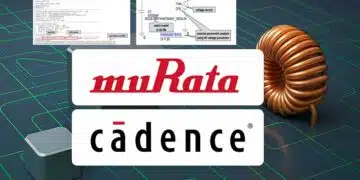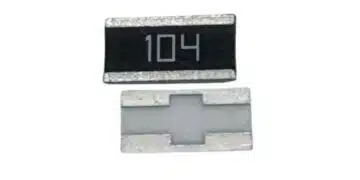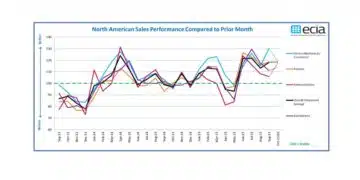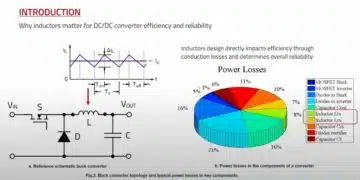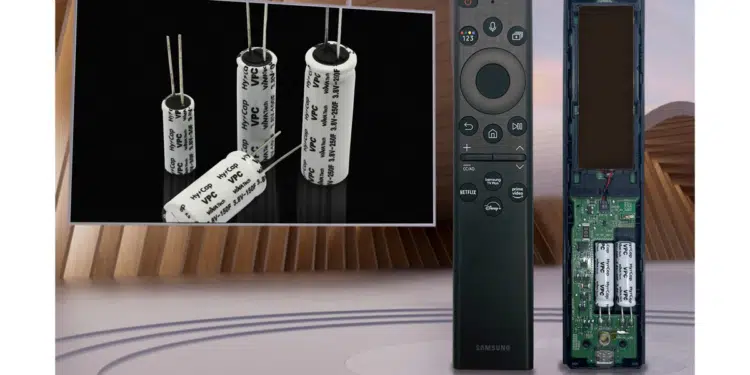VINATech VPC hybrid supercapacitors replace batteries in new, eco-friendly Samsung TV remote.
VINATech Co. has announced that its VPC (Vina Pulse Capacitor) hybrid supercapacitors will be used in the new 2022 eco-friendly solar cell TV remote control for Samsung Electronics’ new Neo QLED TV. This is the first time in the world that a hybrid capacitor has completely replaced the battery as the main power source in a TV remote control.
Samsung’s new Eco Remote was introduced at CES in Las Vegas in January 2022. It uses the VINATech VPC hybrid capacitor and energy-harvesting technology. This enables charging to take place even in the dark.
VPC is a high power density, eco-friendly hybrid supercapacitor has been developed by VINATech’s R&D team using innovative technology and expertise built up over 20 years. A VPC hybrid capacitor combines the advantages of supercapacitors and batteries by using different materials for both electrodes. A supercapacitor is an energy storage device suitable for instantaneous high power output. Advantages are high-speed charging and discharging, long lifespan, and wide operating temperature range. But supercapacitors have less energy density than batteries.
In contrast, VPCs have an energy density that is about 10 times higher than that of a supercapacitor of the same size. VPCs also retain the advantages of supercapacitors, such as a faster charging and discharging speed than batteries, and the ability to operate in a wide temperature range from -25 to 85ºC. In addition, unlike batteries, there is no risk of fire or explosion with a VPC.
VPCs are made of eco-friendly materials which help to minimize carbon dioxide emissions in the entire lifecycle from production to disposal. VPCs are also optimized for eco-friendliness because they have a charging/discharging lifespan of more than 50,000 cycles – 100 times longer than for batteries. At CES 2022, Samsung Electronics explained that, considering the sales volume and period of use, more than 200 million batteries will be saved. If these saved batteries were arranged in a line, it would extend from Las Vegas (USA) to South Korea.
VINATech’s CEO Do Kyong Sung said: “VINATech’s products are being recognized by the leading companies around the world for their high performance and quality. We will do our best to create an eco-friendly future through our continuous R&D efforts.”







